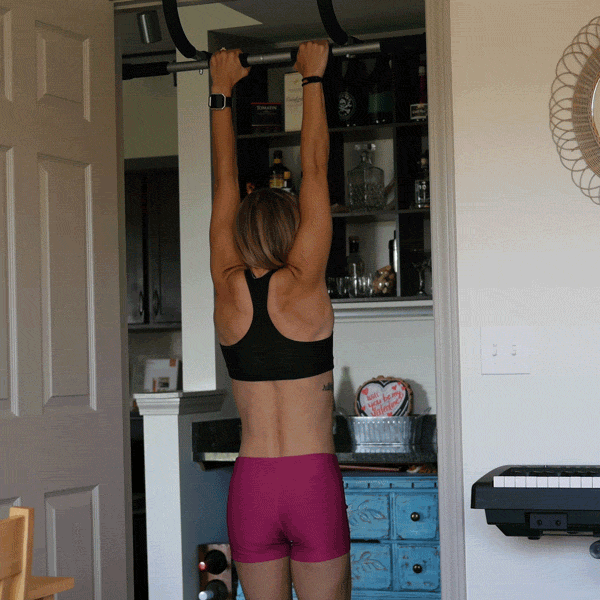Get Scap Jacked: Key Positions For Healthy Shoulders

Did you know that your shoulder blades (aka scaps) are actually a moveable platform? It doesn’t always feel that way, as we have the tendency to grow stiff if we only move our arms in the direction we need them to for our daily activities. But the scaps have one of the greatest potential ranges of motion in the body, with perhaps the least stability, and also act as the attachment point for 17 different muscles! Because we overuse and fatigue the muscles that stabilize and provide motion for the scaps, we often find ourselves with ensuing injuries … all of which can be prevented! If you’ve ever experienced difficulty moving your arms overhead, causing your muscles to feel weak, then you need scap mobility. If you want strong and healthy shoulders, then keep reading, or, if you're already sold on the importance of scap mobility, then just get started now with our Online Courses 😉
One of the keys to being able to have a muscular, mobile and functional physique is correcting the position of the scapulas as they move. Your shoulders are one of the most mobile joints in your body (or at least they should be) and, as such, they can move through wide varieties of orientations and angles. We will cover 4 types of scapular positions in this blog, along with 3 basic exercises to help master them. The postural and strength gains you will get from doing these will not disappoint.
Protraction and Retraction
When unrestricted by muscular tension or weakness, the shoulder blades should be able to move through a full range of motion, able to “pull back” and “pinch” together (this is called retraction). The scaps should also be able to “push" and "spread" apart into a fully rounded position (this is called protraction).
Scapular control and mobility is a core component of Gymnastic Strength Training.
Elevation and Depression
The other two key components of proper scapular movement are elevation and depression. What do they look like? For these two positions, we are thinking about “shrugging” the shoulders up into the ears (elevation) and “packing” them down away from the ears (depression). Now turn that overhead position into a handstand and imagine those two movements again.

Work the Scaps in a Hanging Position
Let’s make these positions a little more intuitive and approachable by practicing them from a hang. from a bar. Starting from a hang, relax your shoulders so that they elevate up into your ears. From here, keeping your elbows locked, pull them down across your back, thus reaching a depressed scapular position. Note that this movement should be smooth and painless; any discomfort or restrictions should be avoided completely.
Full shoulder health and mobility can be attained if you put these simple elements to work in your warm up or cool down. In working protraction, retraction, elevation, and depression, you will not only prevent your blades from "freezing" as you age but will also allow you greater strength and comfortability through movement. If you’re antsy for more, be sure to check out the GB Foundation Courses that will give you plenty of exercises for developing strong, mobile shoulders to last a lifetime.

